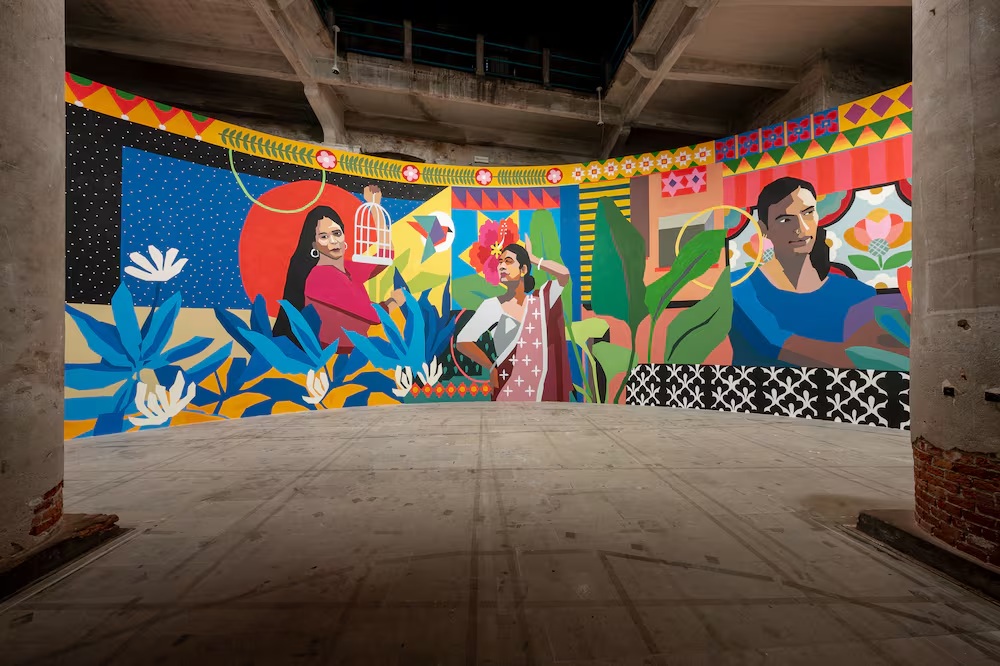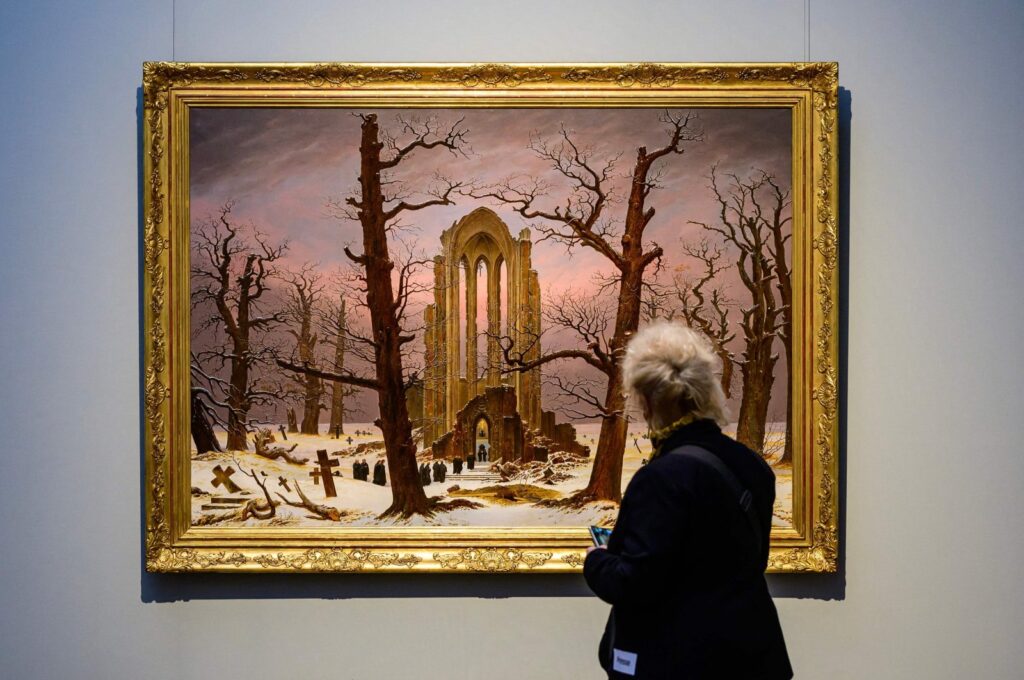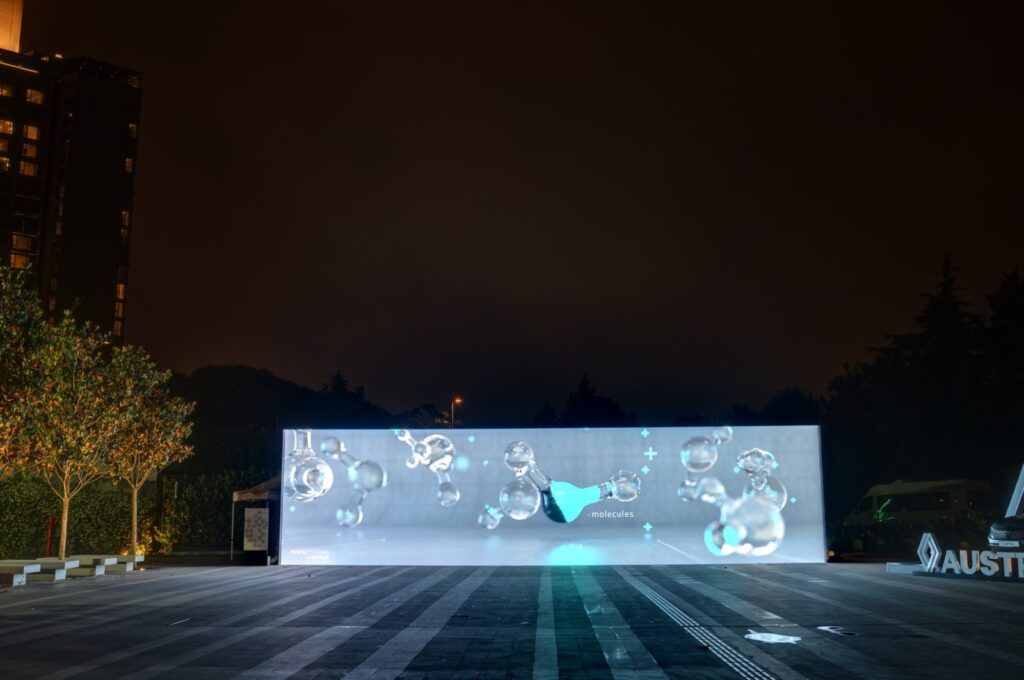
IZMIR, Turkey (AA): Two horses and two griffon busts found among the 2,600-year-old ruins of the Temple of Athena in the ancient city of Phocaea will go on display at the Izmir Archaeology Museum after their restoration works are completed.
The ancient city of Phocaea, also known as Phokaia, was an ancient Ionian city on the eastern shores of the Aegean Sea. Dubbed as the mother city of several Greek colonies, the city dates back to the Bronze Age. According to Greek traveler and geographer Pausanias, Phocaea was founded by people from Teos and Erthrai, in the west of Izmir. According to the ancient writers Herodotus, Strabo and Nikolaos of Damascus, the Phokis people living in the Peloponnesian Peninsula in central Greece came to Anatolia and established Phocaea. The ancient city of Phocaea is the modern-day town of Foça today.

Research and arrangement works continue in Foça in Izmir province, which is on the UNESCO World Heritage List with ancient cities such as Ephesus and Bergama that have thousands of years of treasures. In the ancient city of Phocaea, horse and griffon busts that are 1.3 meters or 1.4 meters (4.27 feet or 4.59 feet) in height were unearthed among the ruins of the Temple of Athena in 2000. Conservation and restoration work launched last year by Izmir Archaeology Museum for these busts has almost come to an end.
The sculptures, called “protome,” were made of tuff stone and used for wall decorations. It is estimated that the horse busts are dedicated to the goddess Athena, while the griffons – defined as mythological birds with the head of an eagle, the body of a lion and wings – may have been placed on the walls to “guard the temple” according to the belief of the period.
The sculptures will be exhibited at the city’s archaeology museum this year after the restoration work is completed.
Izmir Archaeology Museum Director Cengiz Topal told Anadolu Agency (AA) that the Temple of Athena of the ancient city of Phocaea was situated on a natural rock.

Noting that the area of the temple had been previously used as an area to worship nature goddess Cybele, Topal said: “In line with the data obtained from the excavations, we know that the space of the temple was a worship area related to the cult of Cybele before. Then temples were built after the sixth century B.C. in the ancient city. The area was lastly used as the temple of Athena in its last phase.”
Explaining that the construction phase of the first temple in Foça is older than the other temples in Ephesus, Topal continued: “The Temple of Athena is historically at the forefront, but there are not many finds and remains left from it. This is because the modern Foça settlement is located completely above the ancient city of Phocaea.”
Topal also informed that the restoration of a griffon bust is nearly complete. “After our experts finished their restoration and conservation work on the artifacts, they will meet history enthusiasts at our museum,” he added.
Courtesy: Dailysabah
The post Horse, griffon busts from ancient Phocaea to go on display in Izmir appeared first on The Frontier Post.








